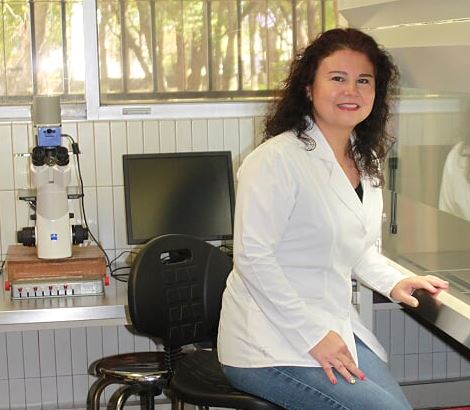
The oncogenic potential of 'high risk' human papillomaviruses can be mainly attributed to two small proteins called E6 and E7. Even these oncoproteins have a low molecular size, they are highly promiscuous and are capable to interact with a whole variety of host cellular regulator proteins to elicit cellular immortalization and ultimately complete malignant transformation. To avoid reiterations in summarizing the biochemical and molecular biological properties of E6/E7 in terms of their influence on cell cycle control, the present review is mainly an attempt to describe some regulatory principles by which human papillomavirus (HPV) oncoproteins can interfere with apoptosis in order to escape immunological surveillance during progression to cervical cancer. The models derived from these basic cellular and molecular studies are relevant to our understanding of HPV-induced carcinogenesis. Conversely, experimental procedures aimed at relieving apoptosis resistance, can facilitate the eradication of immunologically suspicious cells and may prevent the accumulation of cervical intraepithelial cell abnormalities in future prophylactic or therapeutic approaches.








